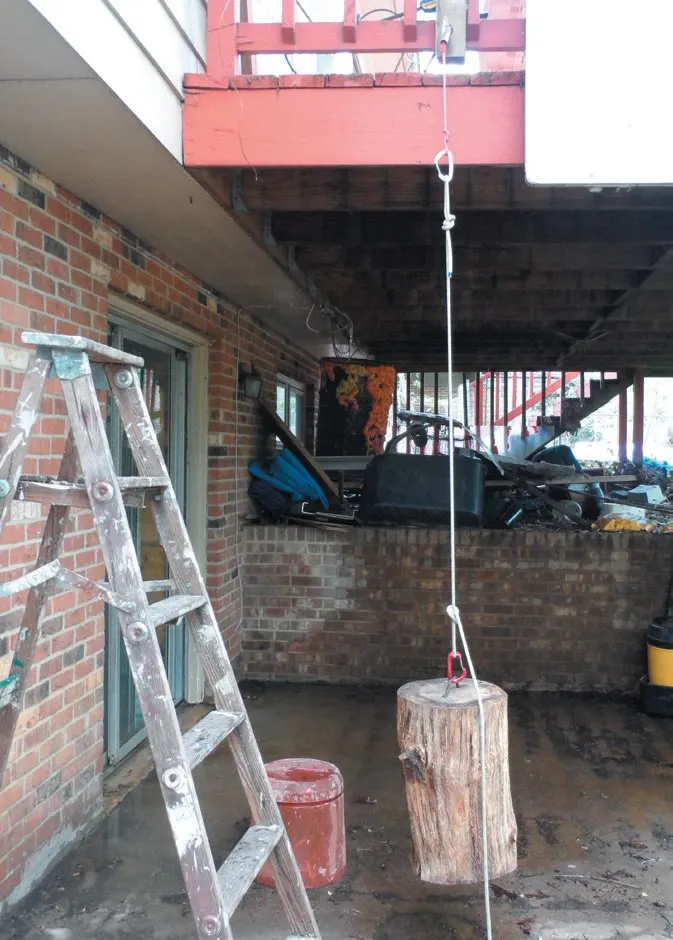Drudging To a Safe Landing
The word ‘drudging’ can be traced to the middle-English word for dragging. It is the practice of using a chain, heavy weight, or anchor...
Spinnaker Tips for Multihulls
A Practical Sailor reader recently reached out to me with a question regarding light air sails on catamarans: “I’ve owned two catamarans, and have...
Arborist Gear for Solo Mast Ascents
My introduction to rope walking ascent was caving back in the 1970s. Each trip started with 75-200 drop straight into a sink hole, followed...
Excel Anchor Offers Case Study in Design
At first glance, the Sarca Excel is a Delta clone with a few added creases in the sheet metal, explaining the public perception that...
Sailboat Rig Inspection Tips
Wandering among the boats stored for winter on Michigan's Upper Peninsula, many with their masts removed and in storage, I'm reminded of how easy...
A Second Look at Anchor Fluke Shape
The new anchoring myth making rounds on the internet is that a scoop shape is what makes an anchor hold. Though it seems logical,...
Chafe Tape Plan
No one like dings, but we accept them as part of active sailing. Most boats have black marks behind winch handle pockets and dings...
Lateral Thinking & Anchoring
When we think of anchoring a yacht we think of the obvious — deploy and set an anchor from the bow with a single...
Coated Chafe Gear Tested
Assuming the COVID-19 restrictions allow us to launch this season, we have another worry on the horizon—hurricane season, which means chafe gear. Recently we...
Adjustable Snubber Bridle and Chain Hook
This report focuses on multihulls, because that is what we sail, but most of what we learned from this project can be applied to...
















































